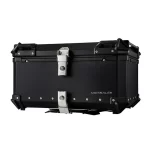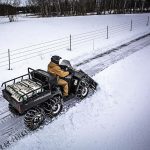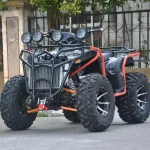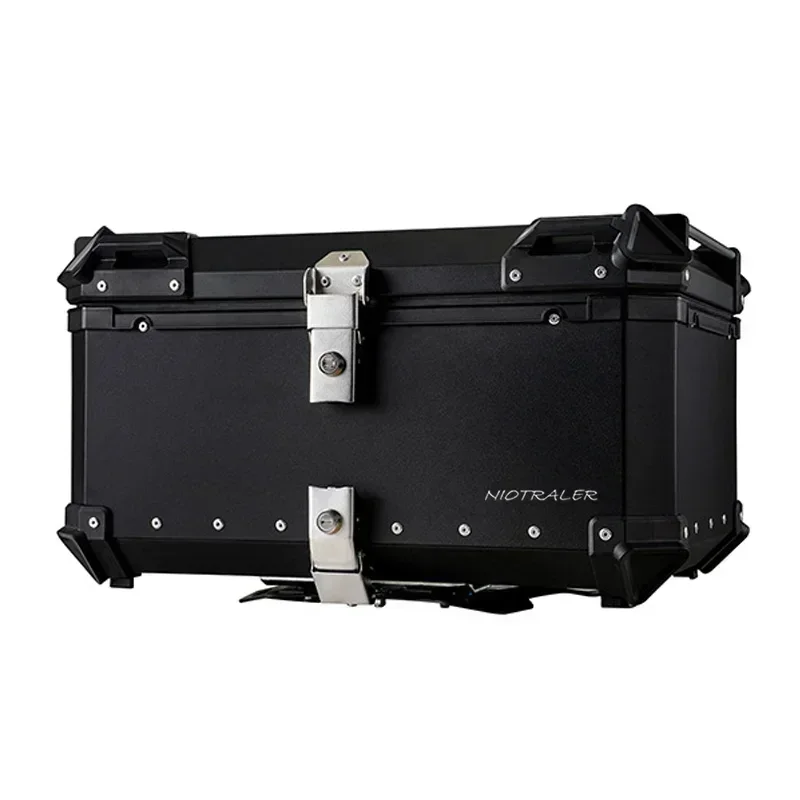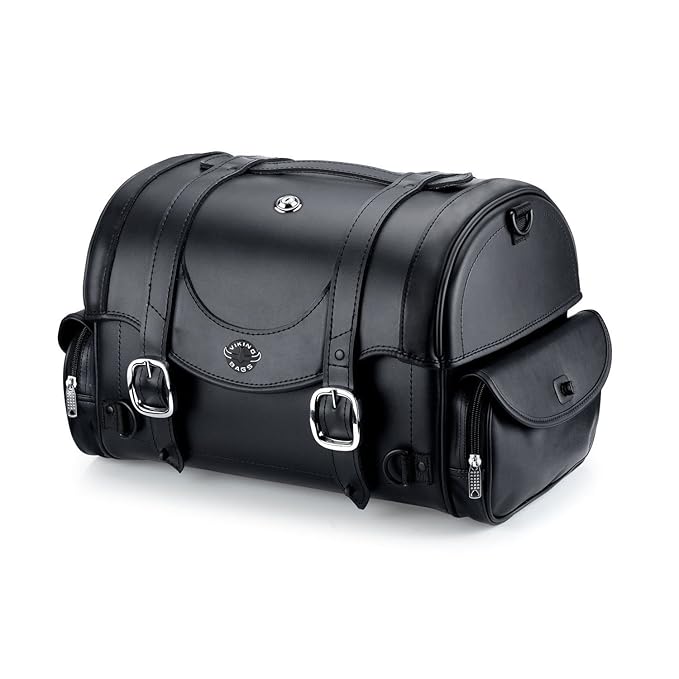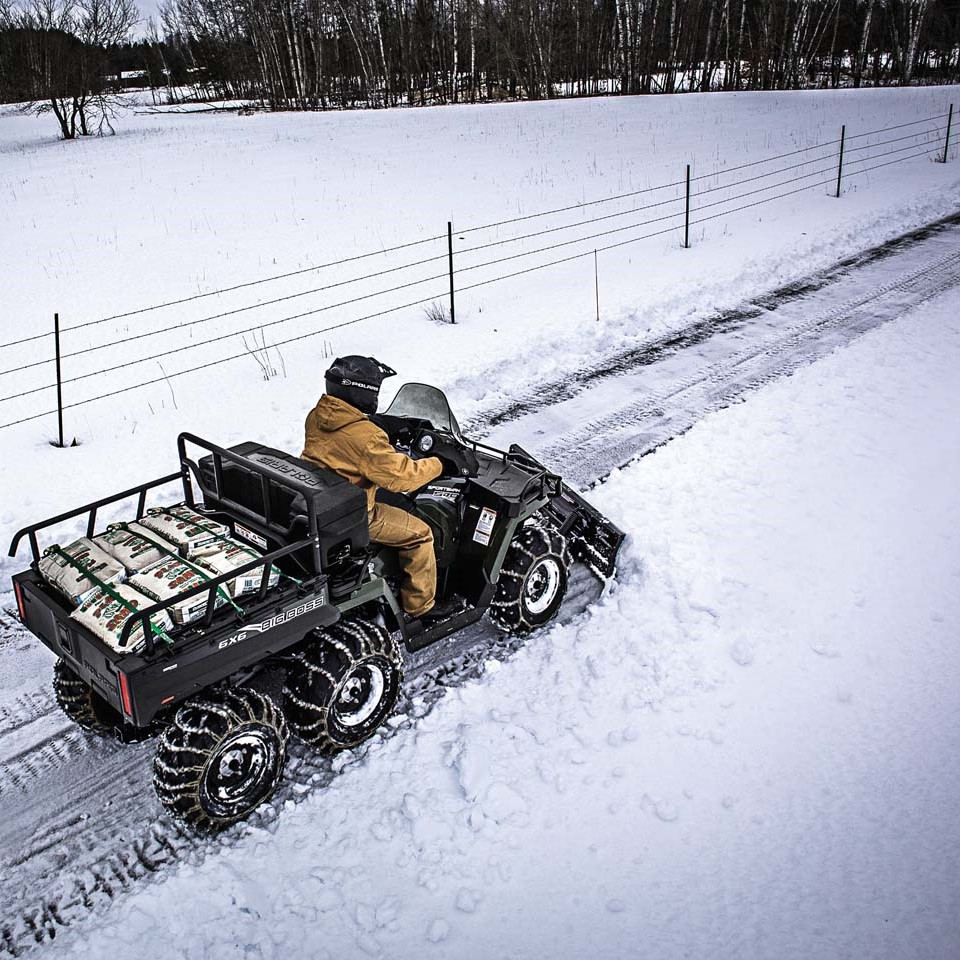The Legacy of Honda Pilot FL400R
The Honda Pilot FL400R remains a significant figure in ATV history. Its unmatched blend of innovation and performance set a new standard in the late 1980s. As the pinnacle of solo buggy design during its era, the Pilot FL400R combined a powerful 397cc two-stroke engine with a robust tubular steel frame. This advanced engineering not only propelled the vehicle to the forefront of the market but also paved the way for future ATV/UTV designs.
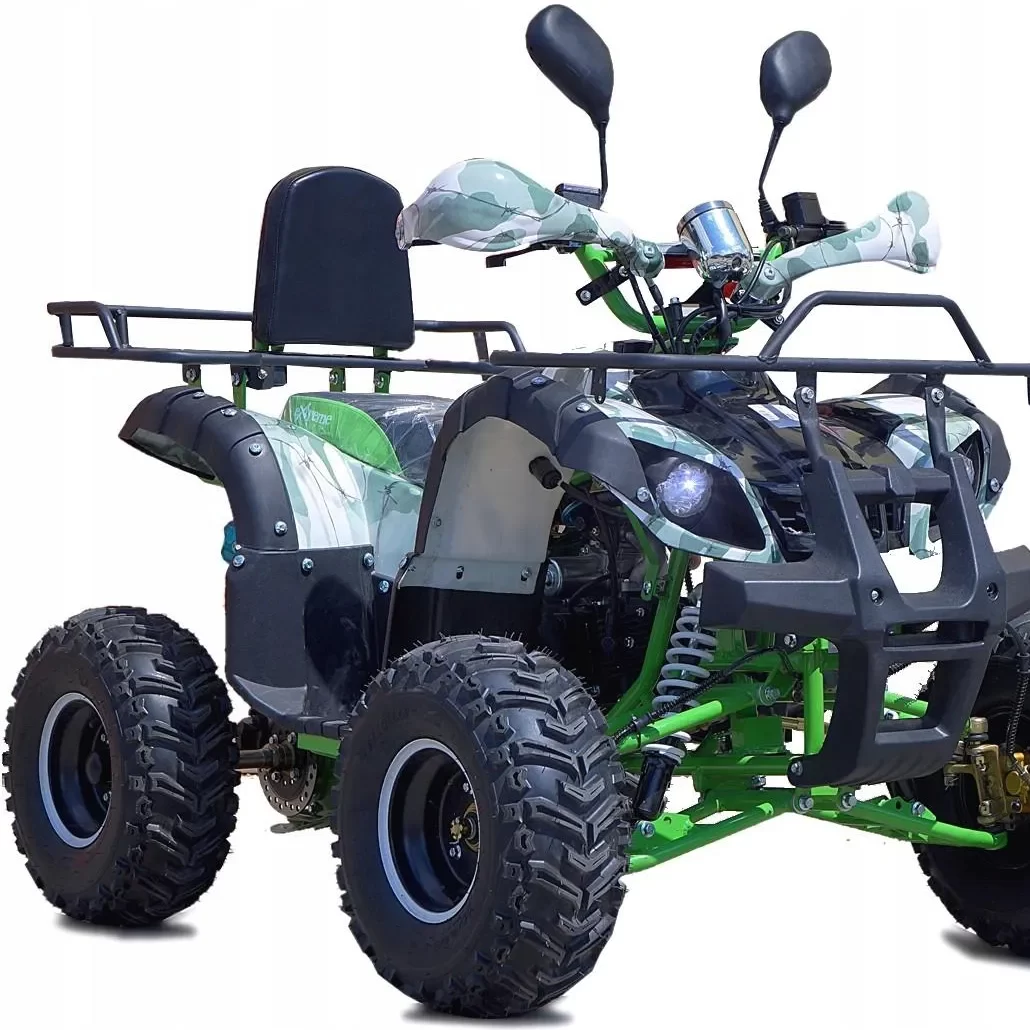
Distinct from the mid-size crossover SUV also named Honda Pilot, the FL400R model, produced exclusively in 1989 and 1990, exudes rarity and desirability. Its collectibility among enthusiasts is undiminished, as it embodies the progress of early ATV/UTV concepts. With unique features like a yoke for steering and wrist tethers for safety, the FL400R was clearly ahead of its time, integrating features that would later become the norm in off-road vehicle safety and control.
The Honda Pilot ATV illustrious legacy can be seen in its influence on later ATV models. It demonstrated the feasibility and thrill of solo off-roading, leading to the development of more advanced, comfortable, and safer ATVs. Even after the end of its production, the Honda Pilot FL400R’s impact remains, as it continues to inspire modern ATV designs and enthusiasts who appreciate the model’s significant contributions to the genre. Owning a Pilot FL400R today means possessing a piece of ATV history, a symbol of a transformative era in off-road vehicle design.
Evolution from the Honda Odyssey to the FL400R
The Honda Pilot FL400R revolutionized solo buggies. It succeeded the simple but beloved Honda Odyssey. Enthusiasts cherish the Odyssey for its basic design, featuring a 250cc two-stroke engine. Yet, it lacked sophistication in suspension and gears. Honda saw potential in this market and invested in the FL400R. This new model offered a leap in technology. It boasted an all-new tubular steel frame. This included a roll cage and side-impact bars. With a rear-mounted 397cc engine, it also featured an automatic transmission with reverse. The independent suspension with double wishbones marked another advance.
Minimal bodywork reduced weight and protected from debris. Simple in design, it had a significant impact. Riders enjoyed a more refined performance. The FL400R’s design catered to both safety and enjoyment. This evolution showcased Honda’s commitment to ATV development. Collectors and enthusiasts recognize the FL400R’s importance. It remains a milestone in the transition from the Odyssey to more sophisticated ATVs. Its impact on ATV and UTV design cannot be overstated, making it a true icon.
Design and Engineering Breakthroughs
The Honda Pilot FL400R represented a major leap in ATV design and engineering. This vehicle showcased a variety of breakthroughs that set it apart from its predecessors and contemporaries.
Innovative Tubular Steel Frame
One of the standout features of the FL400R was its innovative tubular steel frame. This frame provided a sturdy base for the vehicle, enhancing durability. The full roll cage and side-impact protection were integral to this design. They offered increased safety for riders, a concern that was becoming more important in off-road vehicle production.
Advanced Suspension System
The FL400R’s suspension system was another significant advancement. With independent double wishbones for both front and rear suspension, it delivered superior ride quality. It allowed for impressive travel, 5.9 inches in the front and 7.1 inches at the back, ensuring better handling over rough terrain.
Engine and Transmission Upgrades
Under the hood, the FL400R sported a potent 397cc two-stroke, single-cylinder engine. It came equipped with an electric starter, a notable addition for the time. The automatic CVT transmission with reverse was a step up from the simpler gear mechanisms of the older Honda Odyssey.
Unique Yoke and Safety Features
The FL400R discarded the traditional steering wheel in favor of a yoke system. It made controlling the vehicle more intuitive for the pilot. This yoke also incorporated throttle and braking controls. Wrist tethers were another safety feature, designed to keep the rider’s hands inside the vehicle in case of a rollover accident.
Minimalistic Bodywork
To strike a balance between protection and performance, the FL400R featured minimalistic bodywork. This approach decreased the vehicle’s weight while providing some shielding from mud and debris. The protective elements, such as wide fenders and a roof panel, were functionally integrated into the vehicle’s design, without compromising its rugged aesthetic.
These design and engineering innovations positioned the Honda Pilot FL400R as a pioneer in the ATV market. Its features reflected Honda’s commitment to optimizing performance while prioritizing rider safety and vehicle durability.
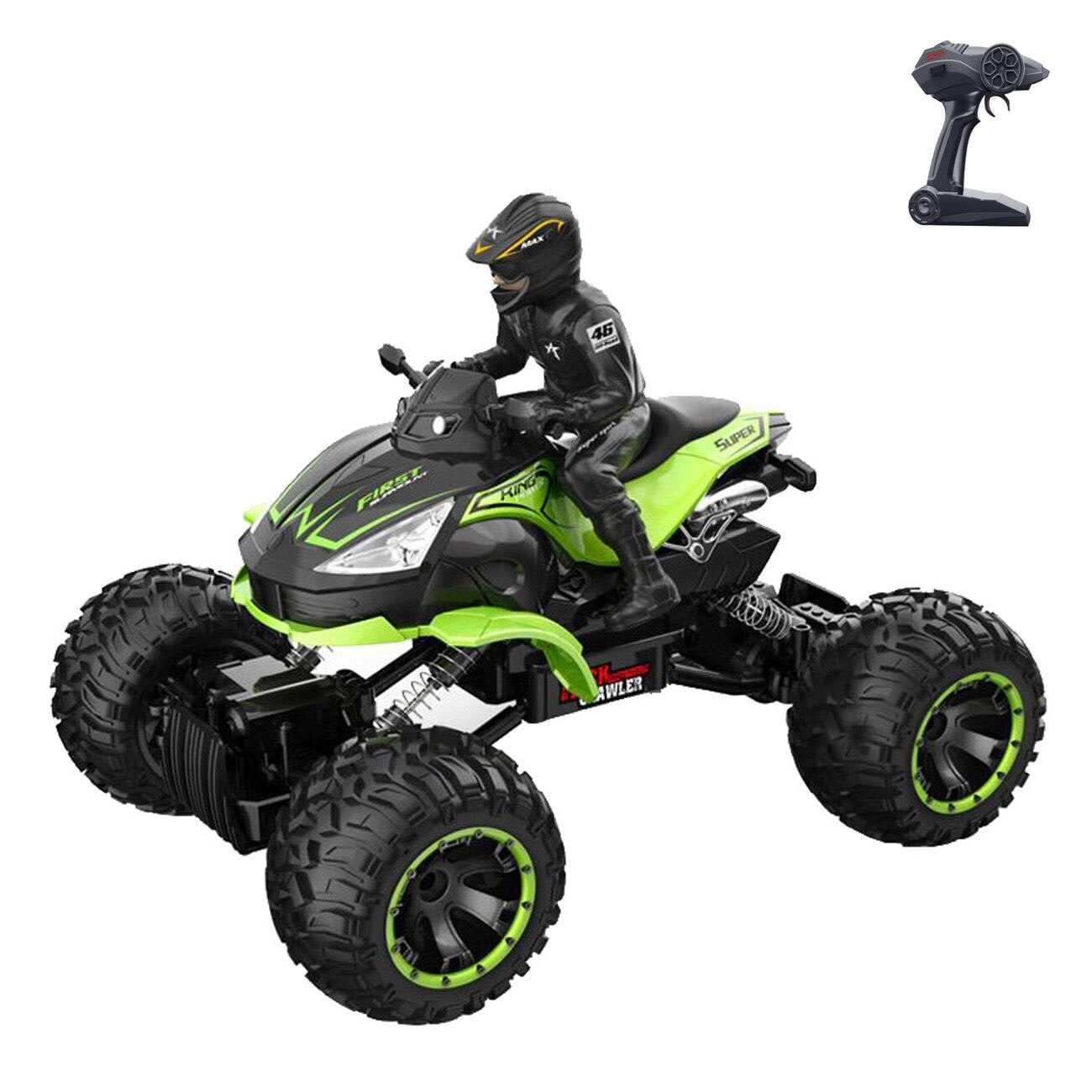 Unveiling the Unique Features of the FL400R
Unveiling the Unique Features of the FL400R
The Honda Pilot FL400R housed several unique features that distinguished it from other ATVs of its time. A crucial aspect of its design was the yoke-based control system. Instead of a regular steering wheel, the FL400R had a yoke. This choice allowed for integrated brake and throttle controls. It made the driving experience more intuitive, especially on rough terrains.
Another notable feature was the wrist tethers attached to the yoke. These tethers were a safety innovation. They helped to keep the driver’s hands within the vehicle during a rollover. This feature showed Honda’s foresight into off-road safety.
The minimal bodywork of the FL400R was also intentional. It consisted of a plastic tub with separate pieces bolted onto the frame. It offered front and side protection to the rider against mud and flying debris. Also, it helped to keep the vehicle lightweight. The design focused on essential protection without adding unnecessary weight.
Despite its minimalistic design, comfort was not compromised. The padded bucket seat, paired with a four-point harness, provided both comfort and security. The harness, crucial for off-road safety, ensured the driver remained securely in place, no matter the bumps encountered.
The FL400R also boasted an advanced suspension system and engine. With significant travel in the suspension and a responsive 397cc engine, the FL400R provided a smooth ride. The electric starter and automatic CVT with reverse added to its advanced status. These features made it a top contender in its class at the time of its release.
The 1990 Honda Pilot FL400R Model Overview
The 1990 Honda Pilot FL400R stands out as a prized collectible. Its bold red finish and original patinated graphics showcase its history. The robust tubular frame and minimal bodywork protect riders from debris. The unique yoke steering with wrist tethers for safety was innovative. A powerful 397cc two-stroke engine provides thrilling performance. Independent suspension delivers smooth rides on rough terrain. Wide fenders and a roof panel offer additional protection. The bucket seat with a four-point harness ensures secure and comfortable rides. Updated in preparation for sale, it comes with a refreshed air filter and carburetor. This classic ATV represents Honda’s pioneering era in off-road vehicle design. Collectors value the FL400R for its historical significance and iconic status. It remains a testament to Honda’s innovative approach in the ATV market.
Collectibility and Impact on ATV/UTV Design
The Honda Pilot FL400R’s status as a collectible is undisputed. Its unique design and advanced features for its time make it a jewel for collectors. The FL400R’s arrival signaled a change, influencing later ATV/UTV designs. The innovations it introduced set new standards. A tubular steel frame, integrated controls on the yoke, and wrist tethers were groundbreaking. These features improved safety and control, shaping future off-road vehicles. The minimalistic bodywork hinted at a trend towards performance-focused design. Collectors value its rarity and historical importance.
Enthusiasts of vintage ATVs see the FL400R as a must-have. It captures a pivotal moment in ATV history. The FL400R’s design elements are echoed in today’s vehicles. As a collectible, the Pilot FL400R offers insight into the evolution of ATV engineering. Its impact stretches beyond a single model to an entire industry. Collectors and history buffs prize the FL400R’s contribution. Owning one is more than just having an ATV; it’s holding a piece of off-roading history.
 Maintenance and Restoration Tips for Enthusiasts
Maintenance and Restoration Tips for Enthusiasts
For those passionate about the Honda Pilot FL400R, maintaining and restoring this ATV classic is crucial. Here are practical tips to keep your FL400R in top condition:
Regularly Change Engine Oil and Filters
Change the engine oil and filters often to prevent wear. This keeps the engine running smoothly.
Inspect and Replace Brakes if Needed
Regularly check the brake system. Replace pads or discs if they show signs of wear.
Keep Air Filter and Carburetor Clean
A clean air filter ensures proper engine breathability. A well-maintained carburetor guarantees optimal performance.
Check and Maintain Suspension Components
Inspect the suspension for damage. Replace worn out parts to stay safe on rough terrains.
Protect the Bodywork and Frame
Clean the bodywork and treat any rust promptly. This preserves the ATV’s aesthetics and structure.
Use OEM Parts for Authenticity
When possible, use original equipment manufacturer parts. They ensure authenticity and often fit best.
Store Your FL400R Properly
Keep your FL400R in a dry place. Cover it to protect from dust and moisture.
By following these tips, enthusiasts can maintain the performance and appearance of their Honda Pilot FL400R. Regular care echoes the model’s enduring legacy and affirms its collectible status.
Final Thoughts on the FL400R’s Place in ATV History
The Honda Pilot FL400R holds a special place in ATV history. Its design and features were ahead of their time. It set high standards for future ATVs. When it came out, it changed the game. It proved that ATVs could be both powerful and safe. The unique steering yoke and wrist tethers were groundbreaking. They showed Honda’s care for the rider’s safety. The tubular steel frame and minimal bodywork combined strength with agility. Not just that, it influenced how ATVs are made even today.
Collectors seek the Honda Pilot ATV for its rarity and legacy. It’s a piece of the puzzle in ATV evolution. It’s a window back to the ingenuity of the late 1980s. It makes us think about how far ATVs have come. But also, it shows us where they started. The FL400R is more than an ATV; it’s a piece of history. It reminds us of the roots of off-road adventure. For ATV fans, owning a FL400R is owning a chapter of the story.
So, the FL400R’s place in history is clear. It is a bridge from past to present. It shaped the future of ATV design. It’s a model to look up to for its vision and impact. As ATVs keep evolving, the FL400R will always be remembered. It will be known as a pioneer that inspired change and pushed boundaries.

